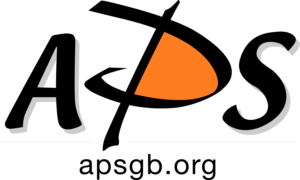
Microfluidics in the Pharmaceutical Field
Speaker
 Prof Dimitrios Lamprou Chair of Biofabrication and Advanced Manufacturing - Queen’s University Belfast
Prof Dimitrios Lamprou Chair of Biofabrication and Advanced Manufacturing - Queen’s University Belfast

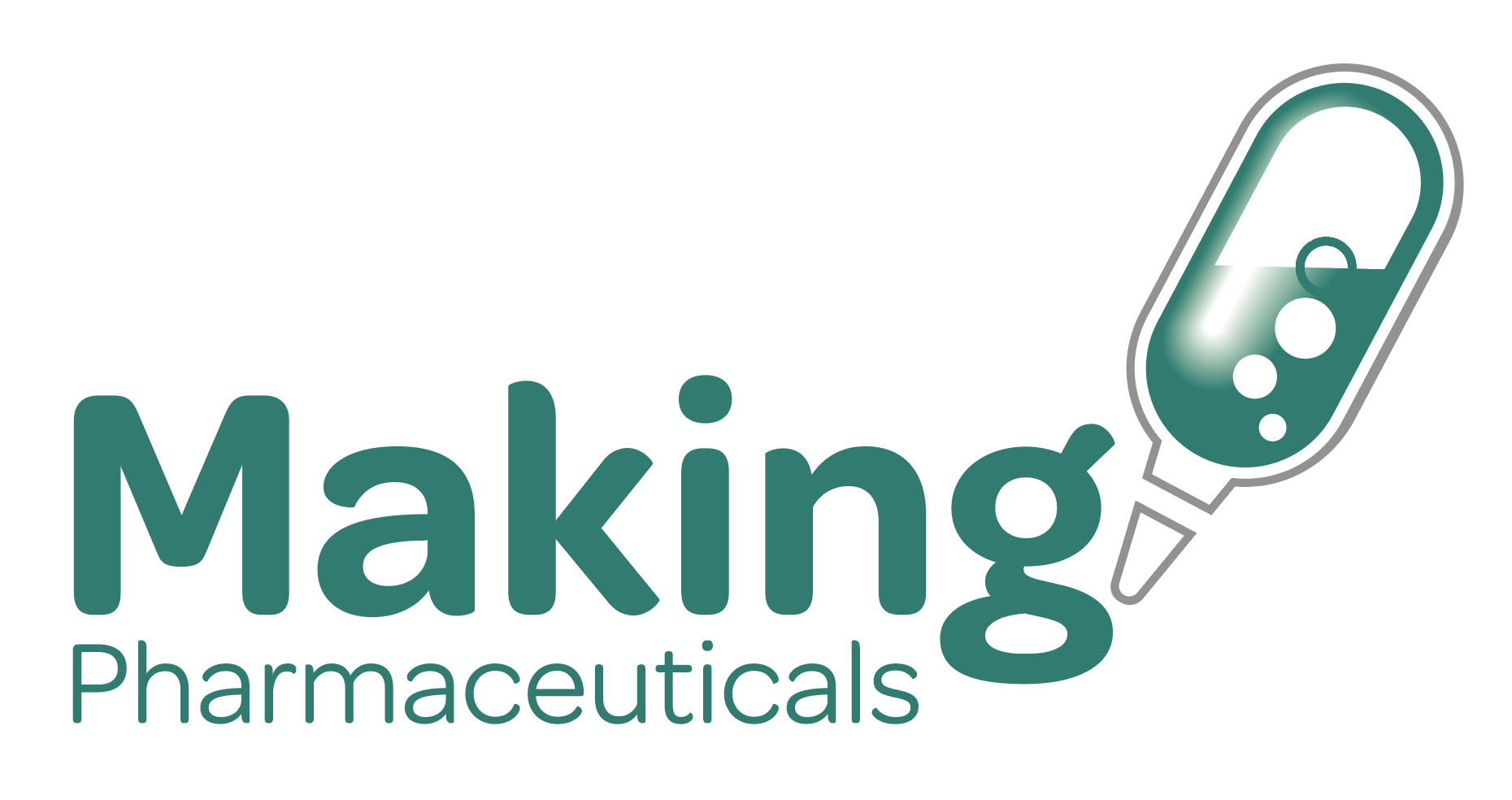
11-09-2024

Speaker
 Prof Dimitrios Lamprou Chair of Biofabrication and Advanced Manufacturing - Queen’s University Belfast
Prof Dimitrios Lamprou Chair of Biofabrication and Advanced Manufacturing - Queen’s University BelfastCompaction simulators offer the capability to replicate tablet compression parameters at production scale right from the development steps - using minimal material quantities. This presentation will focus on the fundamentals of compaction simulator design and will present several case studies around material characterization, formulation development, scale-up and troubleshooting of tablet defects. It will highlight the correlation between tablet properties produced on a compaction simulator and tablets manufactured on a high-speed production press, for single layer, multilayer and tab-in-tab application.
Speaker
 Delphine Ach-Hubert Formulation Scientist - MEDELPHARM
Delphine Ach-Hubert Formulation Scientist - MEDELPHARMDrug development is a long road with many dead ends to avoid. Part of the journey involves understanding the spatial distribution of active pharmaceutical ingredients (APIs) and excipients, investigating final product homogeneity and differentiating chemically similar molecules such as polymorphs, to guarantee product quality and to maximise process efficiency.
To ensure that the correct route it taken, it is critical that engineers and researchers have the best possible instrumentation. Enter Raman imaging microscopy.
This talk outlines how Raman imaging can assist throughout the development and production process, from drug discovery to product formulation and will also touch on post-marketed investigation.
Speaker
 Andy Keating Sector Sales Manager - Life Sciences - HORIBA UK Ltd
Andy Keating Sector Sales Manager - Life Sciences - HORIBA UK Ltd
Speaker
 Dr Claire Hoskins Reader, School of Pure and Applied Chemistry - University of Strathclyde
Dr Claire Hoskins Reader, School of Pure and Applied Chemistry - University of StrathclydeHow do you upgrade your manual particle counting environmental monitoring program to reduce risk of transcript errors, reduce time consuming paper trails, reduce labor and to automate your cleanroom monitoring so your data integrity is intact and meets 21CFR11 compliance?
Speaker
 Jason Kelly Vice President of Services - LWS
Jason Kelly Vice President of Services - LWS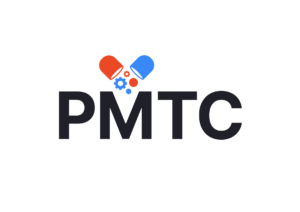
Pharmaceutical cleaning and subsequent verification and validation have always been time consuming and a costly operation in multipurpose pharmaceutical plants. It has a significant impact on plant efficiency, utilities and resources. About 50% of time is spent doing cleaning, resulting in a massive impact on downtime, costs and changeovers. This presentation will cover the PMTC approach towards understanding the cleaning process in order to develop efficacious cleaning procedures and robust verification methods. It will also cover the benefit of the use of PAT tools for real time monitoring and verification of cleaning to reduce the cleaning times, costs and wastes and to develop more sustainable processes. The methodology is based on computational and experimental methodologies to optimise the cleaning processes and offers a deep understanding of the mechanisms by which the residues are removed. The implementation of the method in industrial setting helped the centre achieving very impactful outcomes by reducing the changeovers by ~10% /year, solvent usage by ~40% and changeover times by an average of two weeks.
Speaker
 Dr Rabah Mouras Senior Research Fellow - PMTC, University of Limerick
Dr Rabah Mouras Senior Research Fellow - PMTC, University of Limerick
This presentation will show how computational fluid dynamics studies can be applied to determine the cleaning rates of vessels used for pharmaceutical production. During changeover between batches of different products, vessels are often cleaned with solvent sprays. To reduce solvent and energy use and transition to greener solvents, there is a need to understand the rates at which surfaces are cleaned by flows of pure solvents and mixtures. Simulations of film flows will be presented and compared with experimental findings. Computational predictions of solvent distribution and cleaning rates could be used to optimise the selection of cleaning agents and methods.
Speaker
 Dr Orest Shardt Lecturer in the School of Engineering - University of Limerick
Dr Orest Shardt Lecturer in the School of Engineering - University of LimerickOne of the major huddles in formulation is to improve the palatability of oral dosage forms, especially now when we are developing medicines for paediatrics and geriatric populations. Palatability is one pharmaceutical attribute of dosage forms which affect patient's acceptability of an oral medicinal product and it is crucial for compliance to their treatment. The non-acceptance of a medicine due to the bad taste can have detrimental consequences on the treatment outcome if the medicine is partially or not taken, leading to suboptimal therapeutic effect to no effect at all. In this presentation we will discuss how we can improve the palatability of oral dosage forms.
Speaker
 Shilpa Mistry Head of Pharma, UK and Ireland - Chemlink Specialities Ltd
Shilpa Mistry Head of Pharma, UK and Ireland - Chemlink Specialities LtdThis presentation will be an interactive example of how the use of BASF ZoomLab and new Kollitab DC87L can be used to reduce development time and material usage for the formulation of APIs. ZoomLab is a, free, on-line tool that can be used to predict formulations for tabeletting based on the certain parameters. Kollitab DC87L is a co-processed excipient designed for direct compression. Attendees can select the API they wish to see formulated on the booth and the API with most votes will be formulated live, via webex, at the BASF lab in Germany.
Speaker
 James Hart Technical Manager - BASF plc
James Hart Technical Manager - BASF plc
Speaker
 Dr Conor Collins Head of Validation / Product Lifecycle Management for Pharma Supply - GSK
Dr Conor Collins Head of Validation / Product Lifecycle Management for Pharma Supply - GSK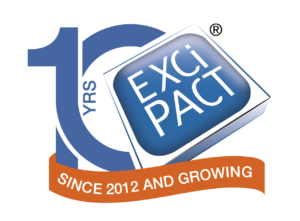
Speaker
 Adrian Bone Ipec Europe / EXCiPACT
Adrian Bone Ipec Europe / EXCiPACT
In this presentation I will describe how at SSPC we are developing predictive modelling methods to guide experiment in developing special requirements of new, more complex active ingredients. Through the example of Trastuzumab (Herceptin®), an antibody used to treat breast cancer, I will show how rationally designed drug carrier materials can potentially improve therapeutic activity both by shielding fragile biopharmaceuticals from proteolytic degradation and targeting specific receptors in vivo. Antibody therapy generally requires parenteral injection to attain the required bioavailability and pharmacokinetics, but improved formulations of this kind may slow enzymatic degradation of the antibody in the gastrointestinal tract, permitting the use of noninvasive oral delivery.
Speaker
 Prof Damien Thompson Professor of Molecular Modelling - University of Limerick
Prof Damien Thompson Professor of Molecular Modelling - University of Limerick
The ability of protein-based therapeutics to provide highly specific, effective therapies make them suitable candidates for the treatment of chronic diseases. According to good manufacturing practice guidelines, protein therapeutics, so-called drug substances, need to be identified before manufacturing of the drug product. However, considering their complex structure, it is challenging to correctly identify therapeutic proteins in a cost and time efficient manner. Common analytical techniques for therapeutic protein identification are SDS-gel electrophoresis, enzyme linked immunosorbent assay, high performance liquid chromatography and mass spectrometry-based assays. Although effective in correctly identifying the protein therapeutic, most of these techniques need extensive sample preparation. This means that samples need to be removed from their containers. This step not only risks contamination but also the sample taken for identification is destroyed and cannot be re-used. Moreover, these techniques are often time consuming, sometimes taking several days to process. Thus, proper storage conditions to protect the protein drug substances in their native form are required. In collaboration with Sanofi-Genzyme in Waterford, researchers at the SSPC in Limerick have addressed these challenges by developing a rapid and non-destructive identification technique for protein therapeutics, specifically monoclonal antibodies. Raman spectroscopy in combination with chemometrics were used to identify three monoclonal antibody based drug substances.
Speakers
 Dr Dikshitkumar Khamar Head of Analytical Science and Technology - Sanofi
Dr Dikshitkumar Khamar Head of Analytical Science and Technology - Sanofi Prof Sarah Hudson Associate Professor - Department of Chemical Sciences, Bernal Institute, University of Limerick
Prof Sarah Hudson Associate Professor - Department of Chemical Sciences, Bernal Institute, University of Limerick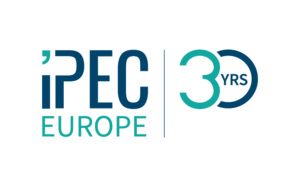
Speaker
 Iain Moore Ipec Europe / EXCiPACT
Iain Moore Ipec Europe / EXCiPACT
During the development and manufacture of commercial drug products, it is challenging to optimise formulations during early-stage formulation development to achieve maximum commercial output (tablets/year). From an operations perspective, the greater the output the better. A second challenge encountered is the ability to use studies generated on pilot scale equipment during scale-up development. As a result, studies that are completed on pilot equipment must be repeated at a commercial scale, which duplicates work and thus creates inefficiencies. With these challenges in mind, to reduce inefficiencies and thus streamline tech transfer and scale-up activities, an industry-academic collaborative project was devised funded through Enterprise Ireland and supported by PMTC and SSPC researchers. A unique DoE approach was applied to study the behaviour of the formulations with a range of flow and compaction behaviour on pilot and production-scale tablet presses. Models to predict commercial scale tableting performance using small-scale blend data were developed which can now be used to maximise production. For example, the models revealed that improving flow properties can more than double commercial production output. If you can double your output, you could potentially double your revenue which obviously has massive implications from a business perspective.
Speaker
 Prof Abina Crean Professor of Pharmaceutics - School of Pharmacy, University College Cork (UCC)
Prof Abina Crean Professor of Pharmaceutics - School of Pharmacy, University College Cork (UCC)Culture media validation is frequently seen as something to be avoided due to the time it takes. It is not as bad as it is
perceived and spending a little time getting this right will pay dividends.
Sometimes the pudding is over egged. Tests done which do not make any sense and because others have performed
them previously. Test layout may be too complex. Site specific aspects are not considered Product specific aspects are
not considered. Discussion will focus on recommendations on the parameters for a meaningful validation. Anticipating
and reducing future deviations with savings in both time and money.
Speaker
 Peter Penn Consultant Director - NPC Limited
Peter Penn Consultant Director - NPC Limited